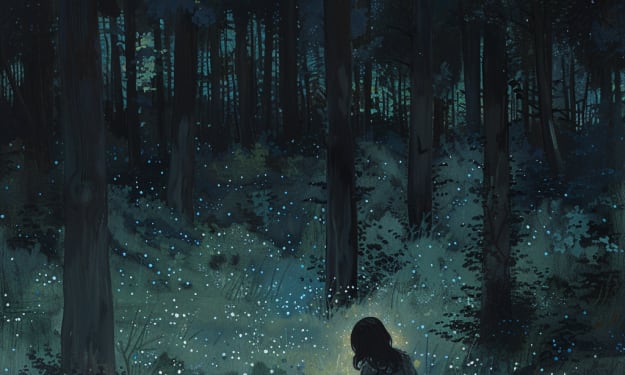
As the world approaches December 25th, a diverse tapestry of cultures historically marked the winter solstice, a period extending roughly from December 21st to January 6th. In northern regions, where darkness prevails for extended hours, various celebrations emerged around this pivotal time. Imagine the challenges faced by those in Alaska, Canada, or Norway during this season—no central heating, the biting cold, and the constant threat of disease. Families would lose loved ones to the harsh conditions, making the arrival of the sun a symbol of life and hope. This narrative, woven over centuries, encompasses different holidays and ceremonies linked to the winter solstice.
During my travels to Norway, I witnessed the unique experiences of Muslims in Oslo during the winter. The prolonged darkness, lasting 24 hours a day, presented a profound challenge. In regions like these, ancient ceremonies emerged, such as the Feast of The Twelve Nights in the far north, spanning from December 25th to January 6th. Ancient Greece had its Bacchanalia, honoring Bacchus, the god of wine, sport, and plague. Romans celebrated Saturnalia for their god Saturn. Ceremonies during these times often involved bonfires, emphasizing the importance of light as a life-giving force.
In the north, people revered the resilient fir tree, which, despite the cold, remained green—a symbol of enduring life. Some believed in the tree's life-giving powers and placed it in their homes, decorated with lights or burned in front of their homes. Mistletoes, resembling talismans, were hung over doorways for protection from the winter's dangers. These practices persisted for centuries, intertwining with the cultural fabric of northern communities.
The mysterious figure of Mithra adds complexity to this historical tapestry. Often erased from encyclopedias due to state intervention, Mithra was considered the son of God, with sacraments involving bread and wine, echoing familiar themes. As Christianity spread north, conflicts arose, leading to the melding of traditions. This convergence gave rise to a syncretic blend, where monotheistic names and characters coexisted with pagan ceremonies.
The Quran, in chapters 19:24-25, narrates the story of Mary (Miriam), a virgin who dedicated her life to worship and, by Allah's power, conceived Jesus (Isa) without a father. This Islamic perspective aligns with the belief in Jesus' miraculous birth during warm weather, challenging the association of his birth with the winter season.
The narrative further explores the historical background of Saint Nicholas, tracing its roots to ancient Scandinavian writings featuring a demon named Nick or Knicker. In some regions, this figure was portrayed as a negative force associated with evil, contrasting with the modern-day depiction of Santa Claus. The influence of Saint Nicholas, despite its complex origins, contributed to the evolution of Christmas traditions.
The discussion extends to the banning of Christmas celebrations in England until 1647, reflecting the perception of Christmas as a pagan holiday. The riotous and drunken revelry associated with the season eventually led to a compromise, resulting in the integration of pagan rituals into Christian ceremonies. This amalgamation birthed the present-day holidays, marked by the coexistence of monotheistic concepts with remnants of ancient practices.
The narrative unfolds against the backdrop of the Quran's teachings, denouncing superstitions and emphasizing the oneness of God. Hanging amulets or using talismans to ward off dangers is considered shirk, diverting power from the Creator to the creation. The Prophet Muhammad warned against such practices, highlighting the importance of maintaining a pure belief in one God.
As we delve into the historical roots of winter celebrations, the discussion touches on the concept of shirk and its manifestations in various traditions. The amalgamation of monotheistic and pagan elements throughout history is examined, shedding light on the complexity of cultural evolution.
In exploring the transformation of winter celebrations, we encounter a rich historical mosaic, where cultural, religious, and pagan elements converge. This journey through time sheds light on the multifaceted origins and adaptations that have shaped the way people celebrate during the winter season. It invites reflection on the intricate interplay between ancient customs and evolving religious beliefs, ultimately prompting consideration of the essence of these celebrations in the contemporary world.
About the Creator
Līva
World is interesting place. Scary, but worth living.
Nature is full of surprises and people are... well, people are something else.
Art is the best doctor.





Comments
There are no comments for this story
Be the first to respond and start the conversation.